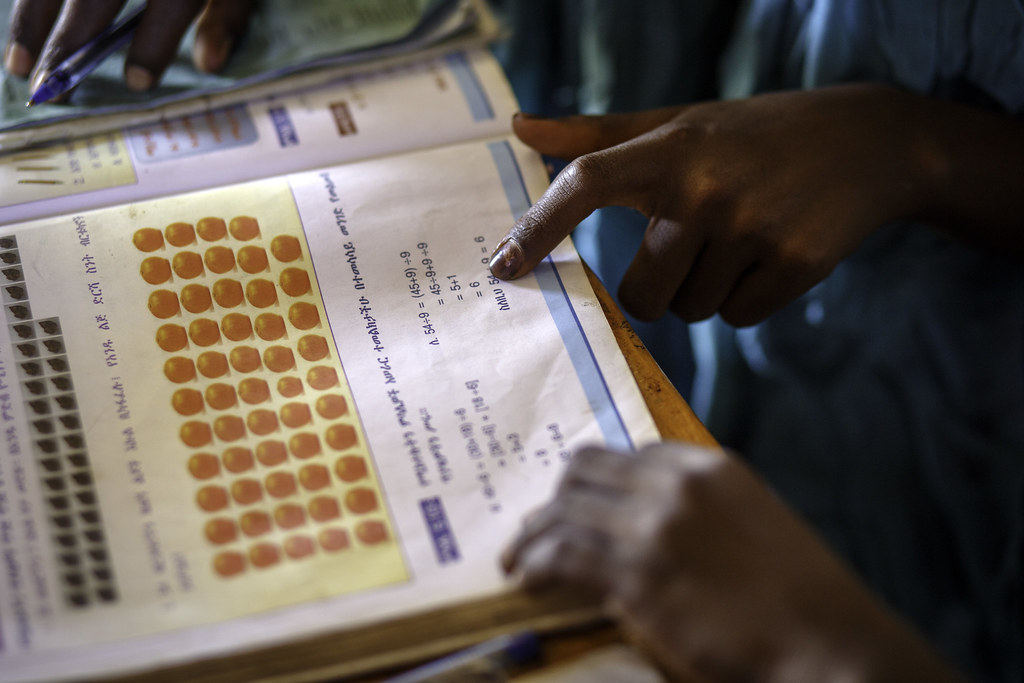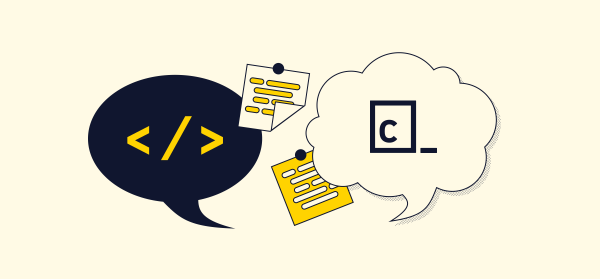
Whether you are looking to become good at math or simply want to learn more about it, there are several tips you should consider to help you along the way. Some of the tips include: Understanding the WHY behind each concept, drawing pictures and diagrams, mental arithmetic, and applying math to real-world problems.
Mental arithmetic
Using mental arithmetic is a great way to improve your math skills. Not only does it keep your brain sharp, it helps you perform complex math questions without having to resort to a calculator. It can even help you budget money.

To get started, you’ll need some practice. You can do this with a worksheet or on the internet. You may even want to try some apps for this. You can find a number of free resources online.
One great strategy for improving your math skills is to break a large sum into smaller amounts. This makes it easier to add and multiply separately.
In addition to helping with numbers, mental arithmetic is also an excellent skill for kids. It helps them learn about place value and understand the relationship between addition and subtraction. If you use mental arithmetic strategies while doing your homework, you can remember these skills for life.
Performing math in your head involves a lot of manipulation. This means you need to memorize facts and learn new techniques to solve problems.
Understanding the WHY behind each concept
Having a firm grip on the basic arithmetic can go a long way in improving your scores on the test papers. The best place to start is with the basics. The key to becoming a whiz at math is to understand the WHY behind the concepts you’re learning. This can be done by taking the time to practice, albeit in short bursts. The best time to do this is before you begin a test paper, which is the perfect time to review your materials.
Knowing the WHY behind the most important concept isn’t always the easiest of tasks. In fact, this is one of the reasons many students fail to succeed in school. This may be due to a lack of diligence in the early stages. In particular, students often forget the most basic rules of thumb, such as never answering a question you haven’t already answered a few times over. Luckily, this can be easily remedied.
Drawing pictures and diagrams
Whether students want to become better at math or they want to understand their problems, drawing pictures and diagrams can be an excellent strategy to find more info. They are often used as a foundation for many math problems. However, there are some aspects of the process that can cause negative impacts.

One factor that can lead to negative effects is repeated episodes of frustration. Students who are repeatedly frustrated may have a poor relationship with mathematics. If this is the case, it is important to recognize this, and to address it.
Fortunately, there are several strategies to address the impact of this issue. First, students should be encouraged to do their best. Regardless of artistic ability, they should work to make their drawing as good as possible. Second, teachers should try to find great examples of student work. This will show students what excellent work looks like, and help them to build a collection of good examples for future reference.
Applying math to real-world challenges
Using math to solve real-world challenges is a powerful way to improve your mathematics skills. Developing skills such as analyzing data, predicting the spread of diseases, and predicting repopulation of endangered animals is not only a valuable skill for your career, it is also a useful tool to understand global phenomena.
To help students develop critical thinking and analytical skills, a variety of math programs offer hands-on learning. For example, a student can work with mathematicians to map the spread of waterborne diseases like cholera and E. coli. This gives researchers the ability to make predictions and verify the results.
Modeling the Future Challenge is a real-world competition that involves analyzing and interpreting data. The program’s Applied Mathematics track focuses on solving real-world problems. The program includes research projects and a $60,000 scholarship.
M3Challenge, which is part of the Math Department at Episcopal Church, combines data analysis, mathematical modeling, and critical thinking. The program also offers a professional feedback from mathematicians.